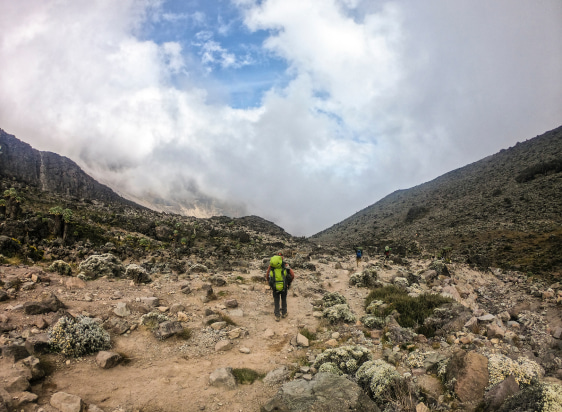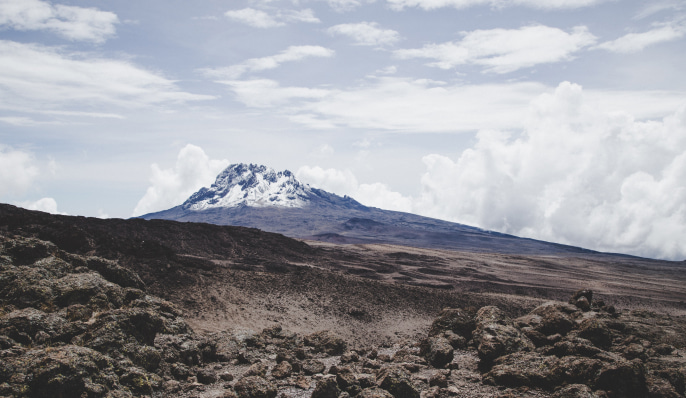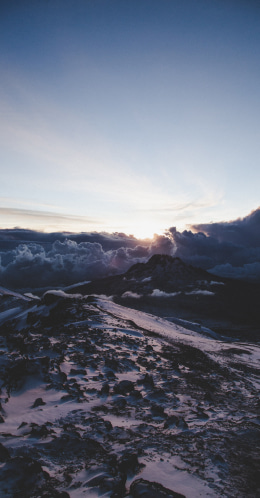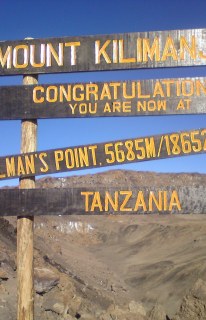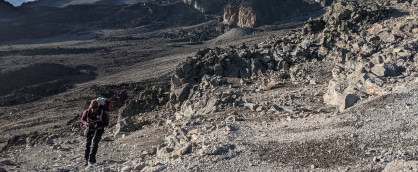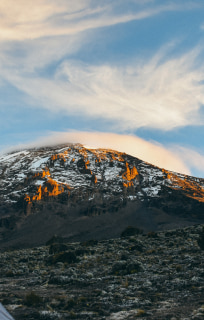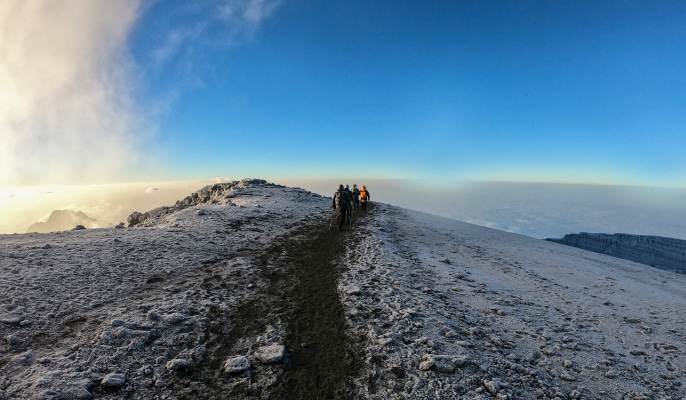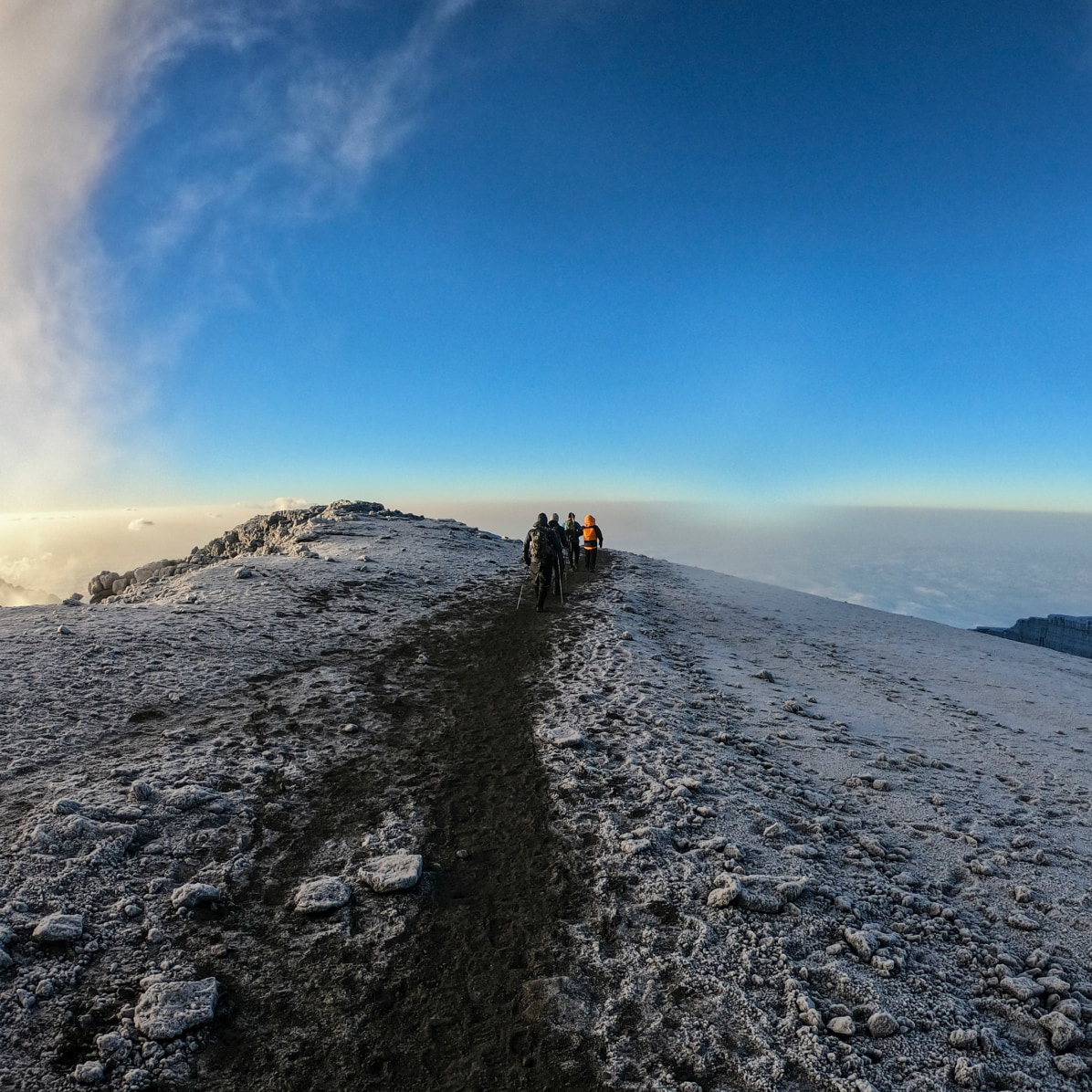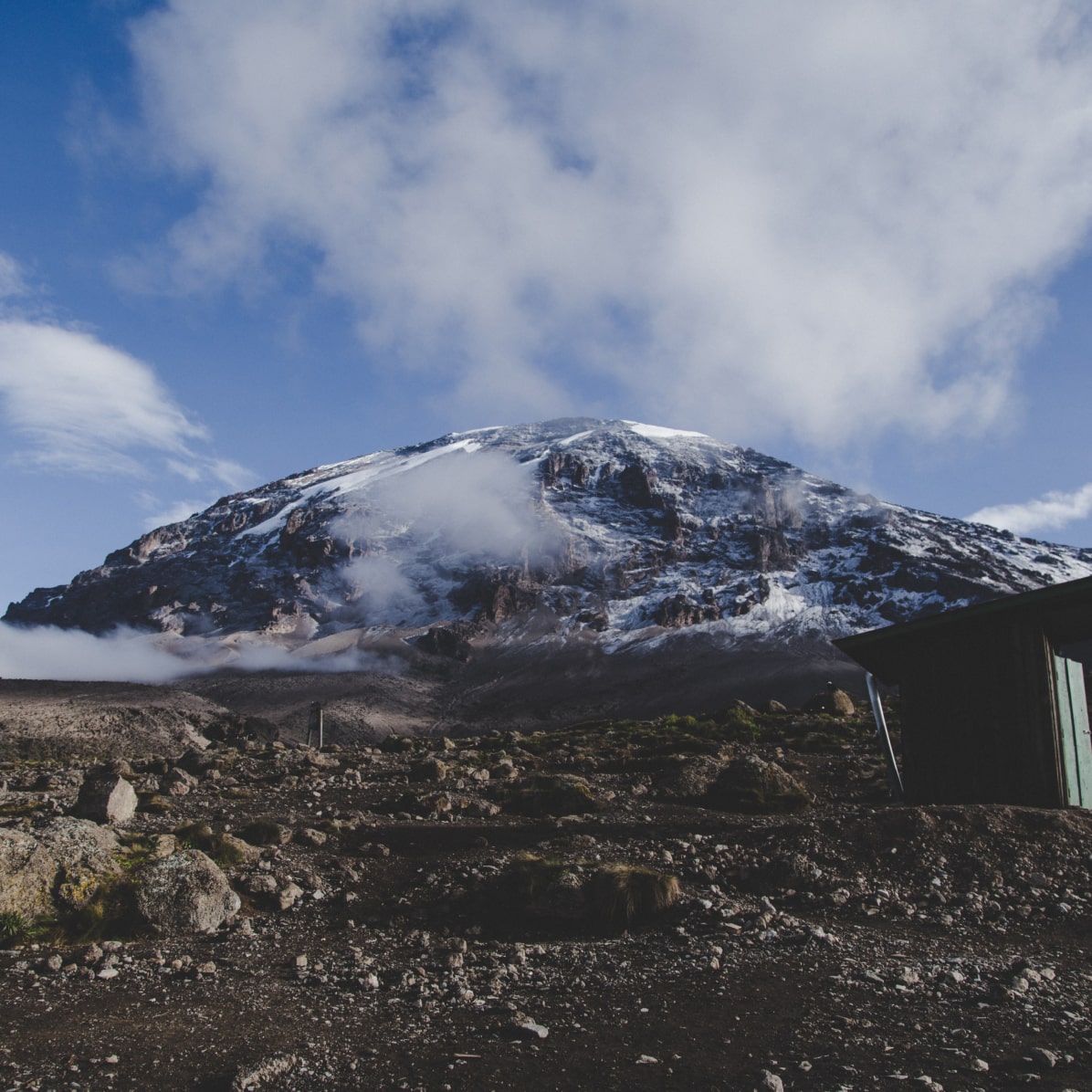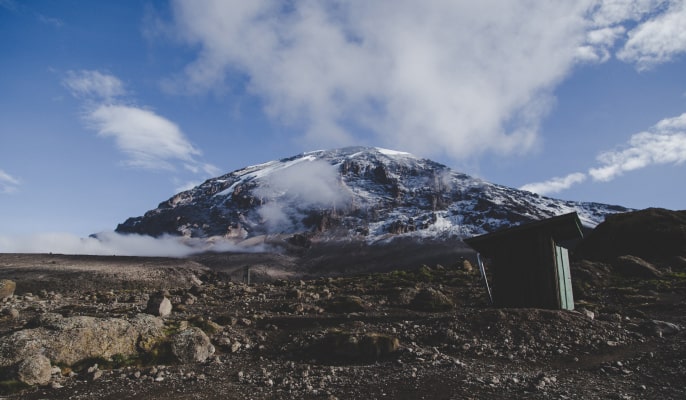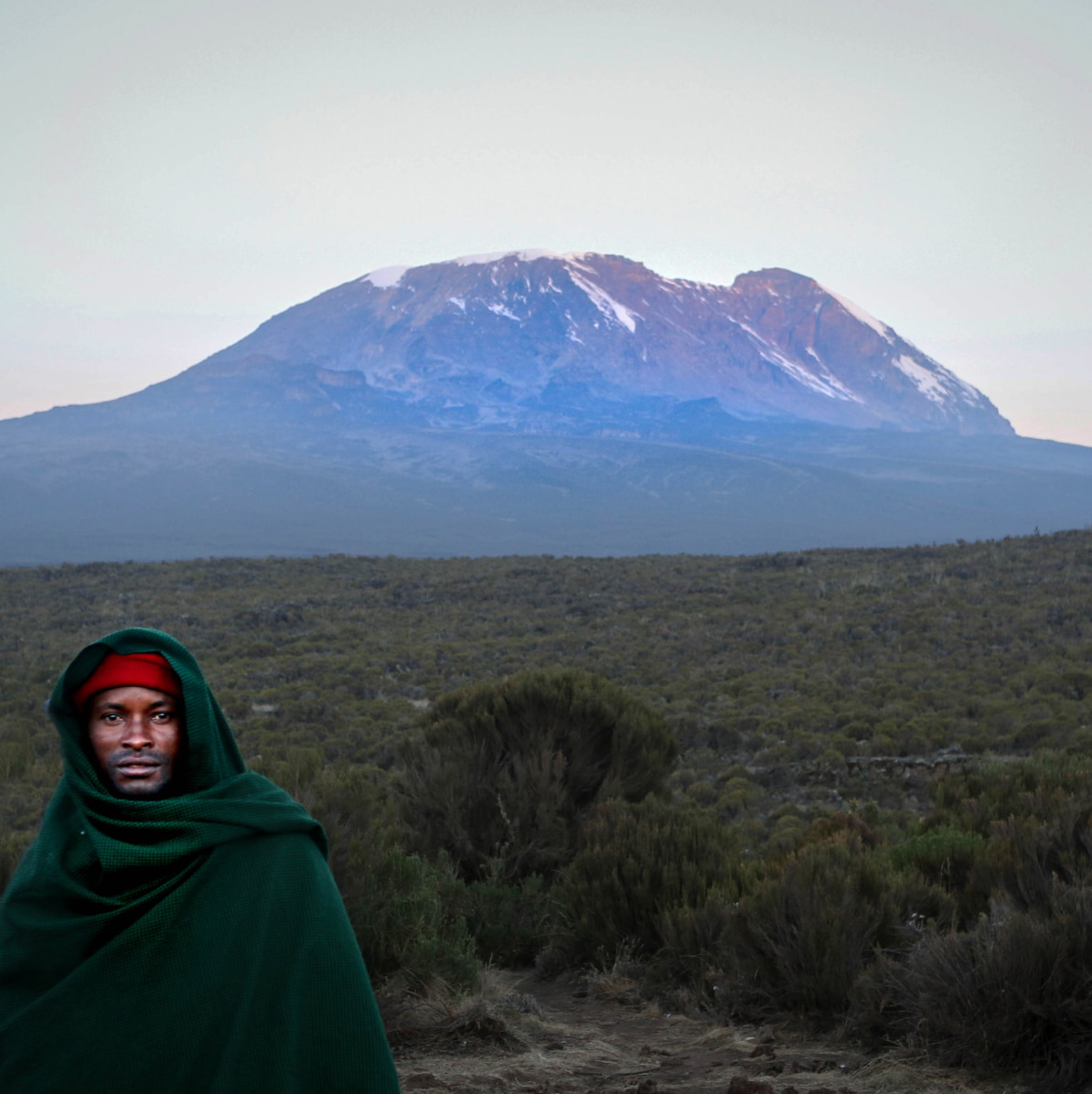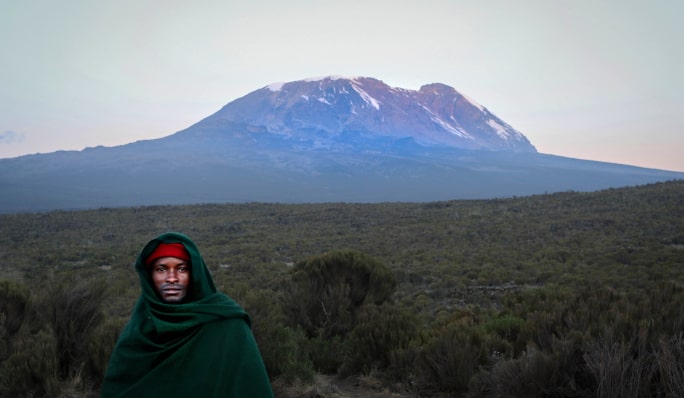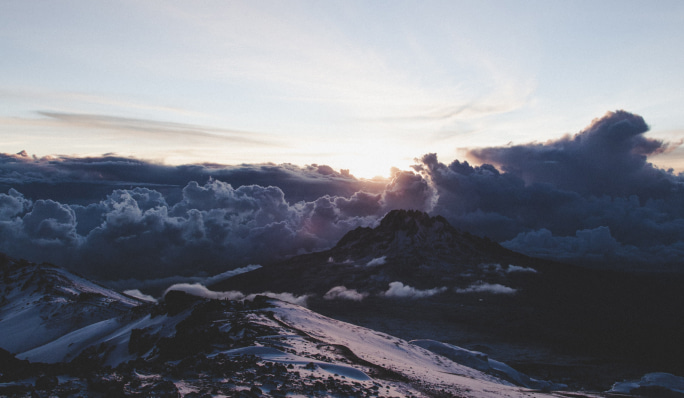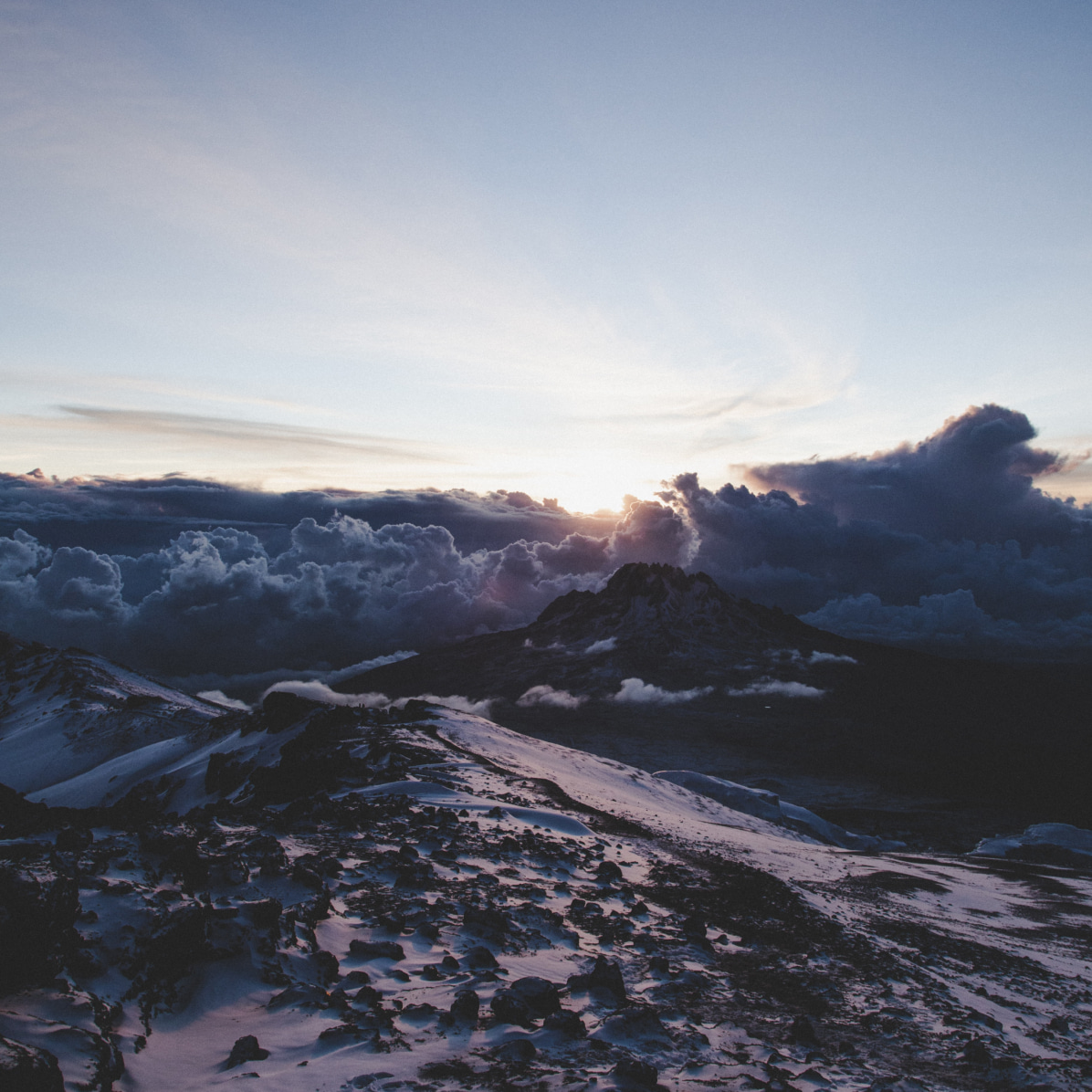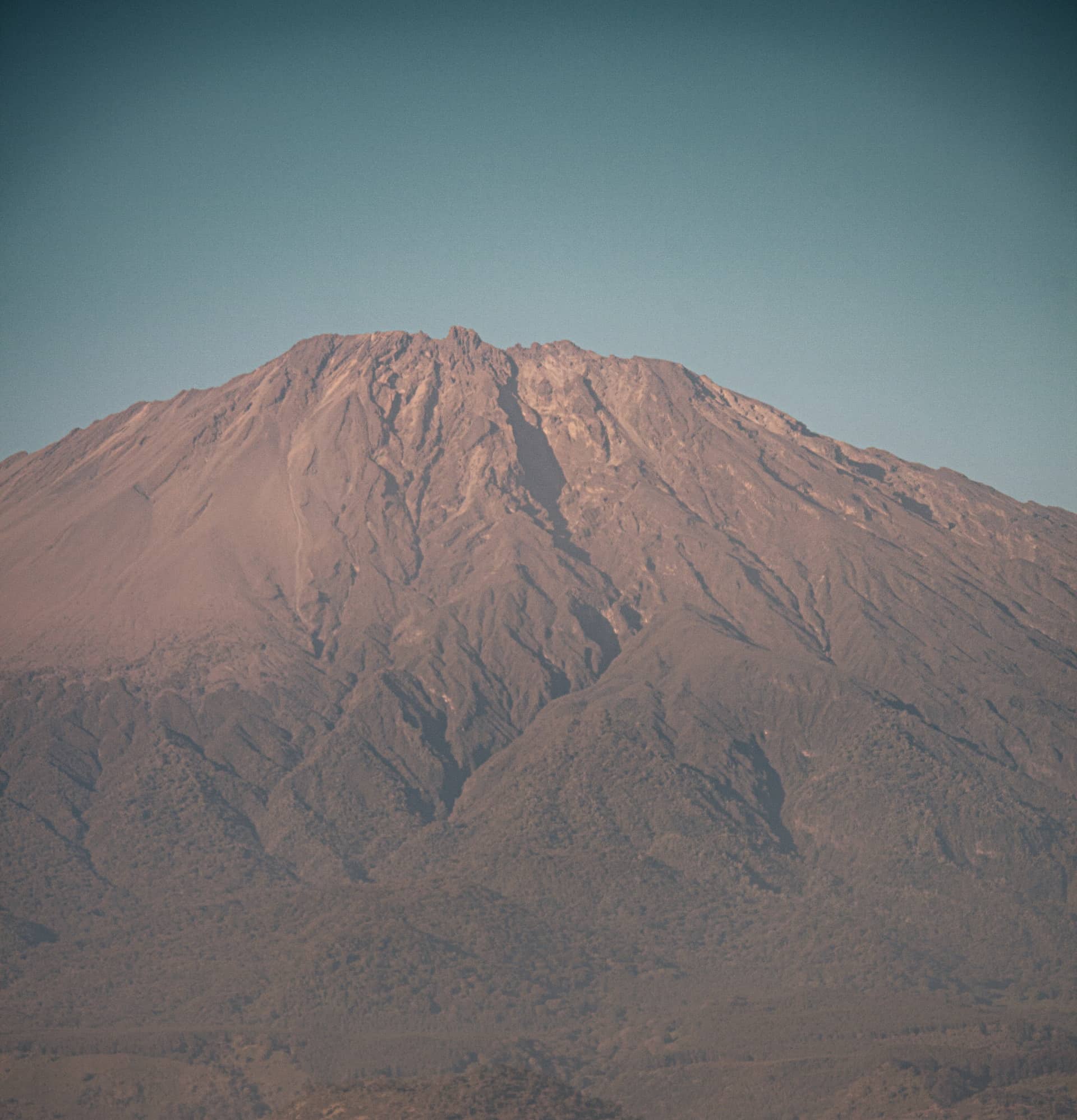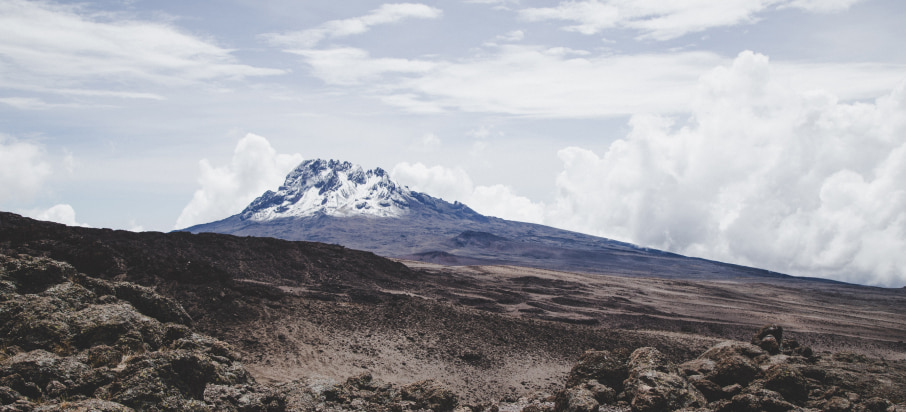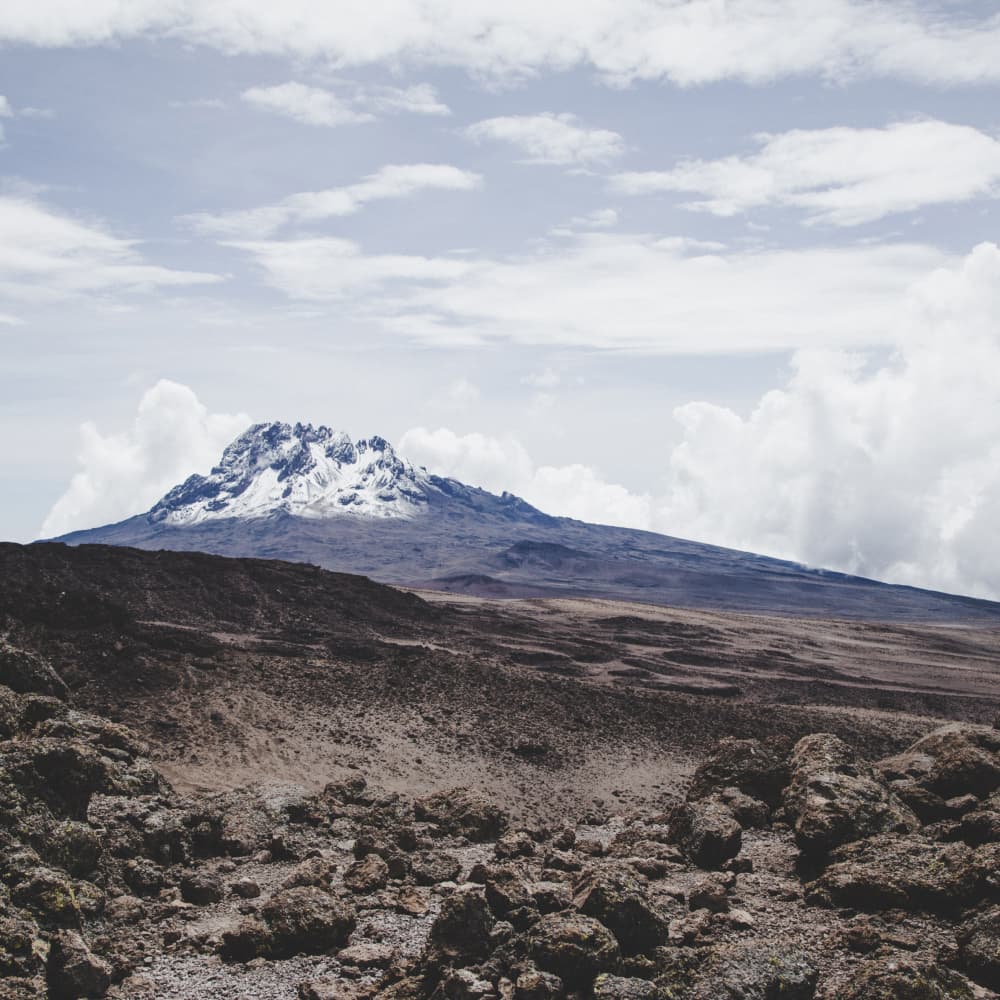- Travel insurance
- Passport and visas for Tanzania
- Vaccination and immunization
- Malaria on kilimanjaro
- Citizens of the below countries need a travel visa prior to Tanzania:
Citizens of certain countries require a referred visa issued prior to arrival. These include Afghanistan, Kyrgyzstan, Abkhazia, Azerbaijan, Kazakhstan, Bangladesh, Chad, Mauritania, Djibouti, Ethiopia, Equatorial Guinea, Eritrea, Mali, Morocco, Niger, Palestine Refugees, and stateless individuals, Senegal, Somalia, Sierra Leone, Tajikistan, Turkmenistan, Uzbekistan, Lebanon and Sri Lanka.
- Citizens of the below countries need a travel visa to enter Tanzania:
For citizens of Canada, Australia, United States, United Kingdom, all mainland European nations and countries require a visa to enter Tanzania but they can apply for a visa upon their arrival.
- Citizens of the below countries do not need a travel visa to enter Tanzania:
Exempt nationals include those from Mozambique, Botswana, Uganda Gambia, Ghana, Hong Kong, Lesotho, Malawi, Kenya, Malaysia, Swaziland, Zambia and Zimbabwe, Namibia.
- Other Tanzania visa information: You should obtain your visa prior to departing your home country as this will ensure that you are able to begin your travels without delay in case of any passport hitches. To apply for a visa, we recommend you apply for it online or contact the Tanzania consulate in your country. Many consulates also have the forms and instructions on their websites. Your passport must be valid for a minimum of six months from the travel date of your arrival and departure out of Tanzania.
Kilimannjaro has well defined altitudinal vegetation zones. From the base to the summit these are plateau, semi-arid scrub, cultivated , well watered southern slopes, dense cloud forest, open moorland , alpine desert, moss and lichen. These slopes are home to wildlife animals such as elephant, rhino, buffalo, leopard, monkey and eland .Birdlife includes the lammergeyer, scarlet-tufted malachite sunbird as well as various species of sunbirds, the silvery-cheeked hornbill and the rufous-breasted sparrowhawk.
- Flight to Kilimanjaro:
to get in Kilimanjaro you will need to fly to Kilimanjaro International airport (JRO is the code).The airport,is situated south-west of Mount Kilimanjaro National Park and is nearly equidistant from the two main towns, Arusha and Moshi. 95% of trekkers spend the night before their Kilimanjaro climb in Moshi, which is about a 45 minute drive from Kilimanjaro International Airport. Pick up from Kilimanjaro airport (JRO) to your lodge in Moshi is included in your trek package. Also drop off to Kilimanjaro international airport after the climb is included in your package.
It is also possible to fly into Arusha airport (ARK), but this is a small domestic airport that only receives internal flights and a few connecting flights from Kenya. Pick up from Arusha airport to your lodge in Moshi will involve extra charges of $80 . The same charges will apply to arrange a drop off to Arusha airport from Moshi.






